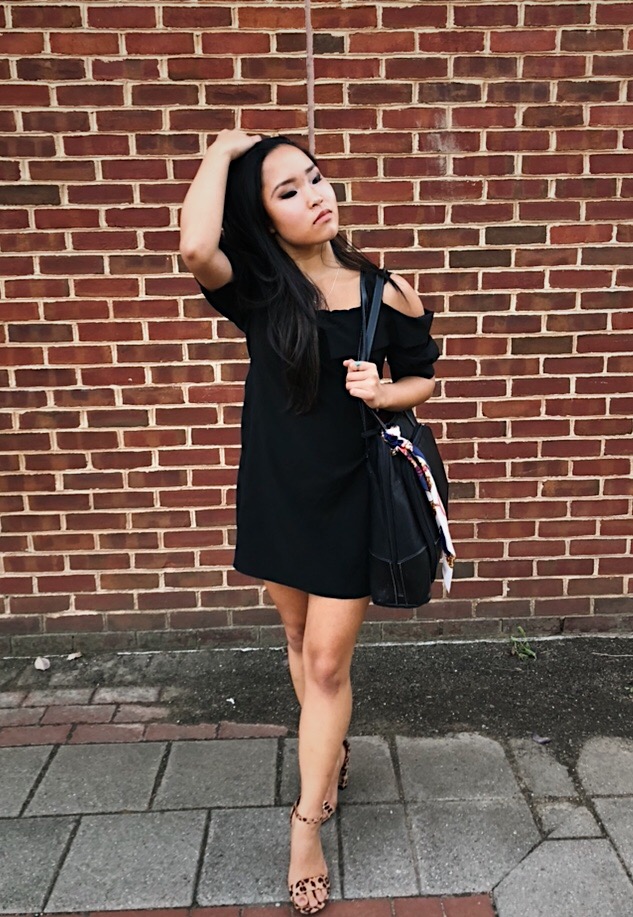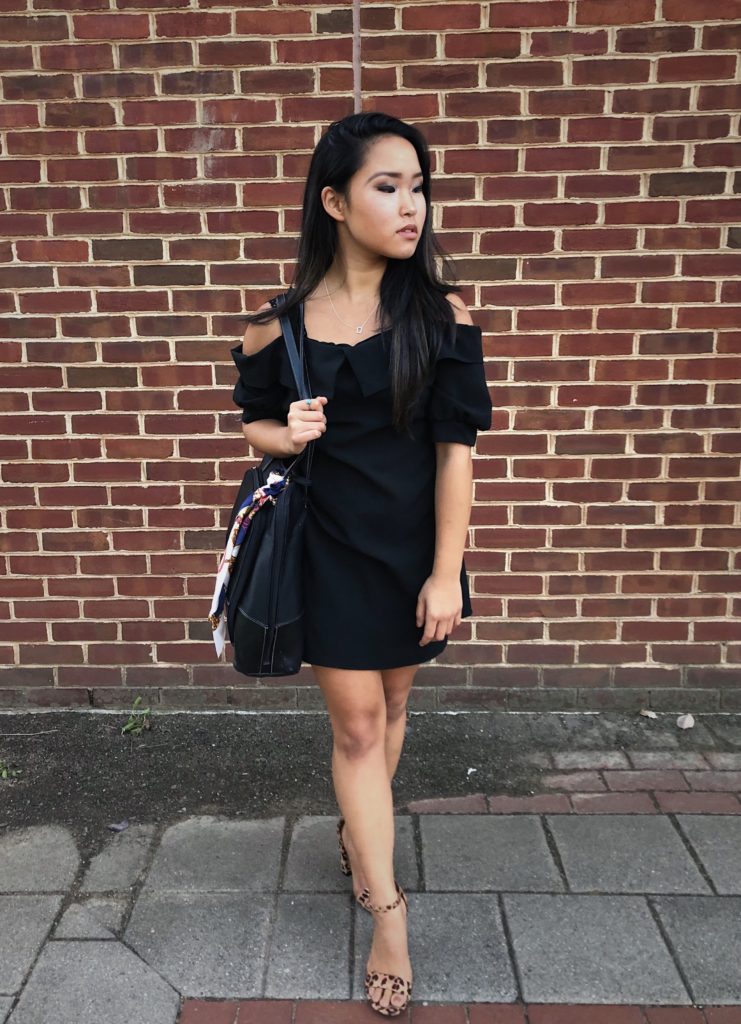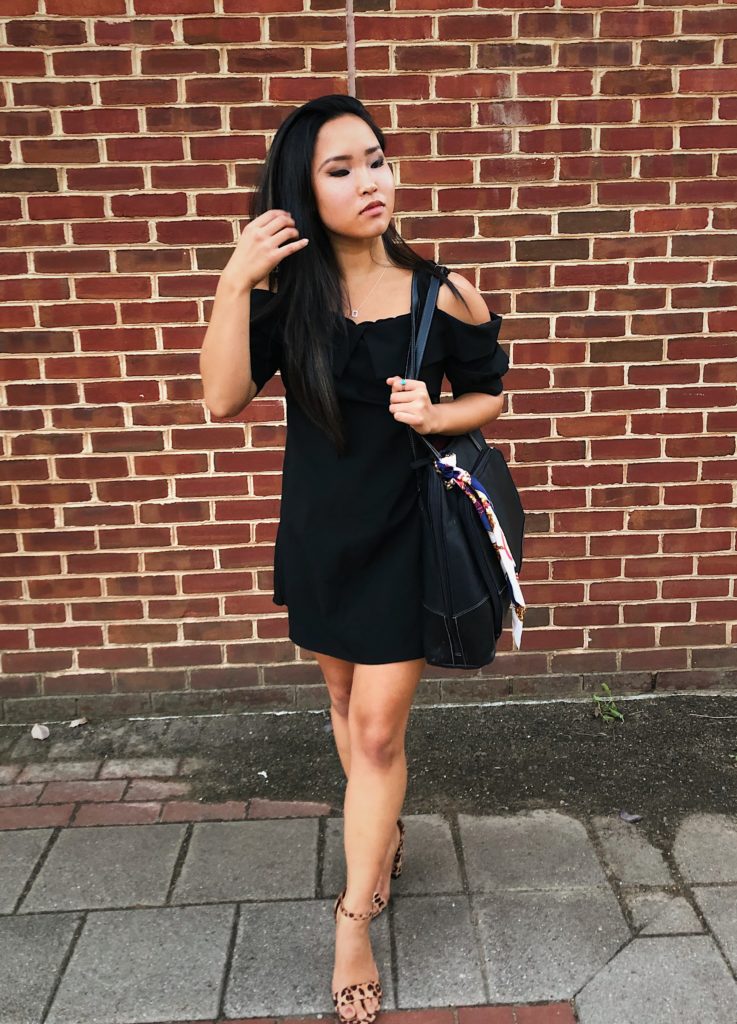
Heart and S(e)oul

Search
You must be logged in to post a comment.
Heart and S(e)oul

Rosie the Riveter dismissed lavishness and self-indulgence in times of global crises and harsh fiber rationings that were implemented by the War Production Board in 1942. Effectively, only the most profligate fashionistas dared to flaunt Vionnet’s bias-cuts, romantic batwing sleeves, and ornamental decorations that put the fashion industry in retrograde while sustaining American war efforts. High hemlines cycled back into the 1940s, remaining frozen after Black Tuesday and the 1930s; however, we broadened our horizons beyond beloved Parisian couture houses due to the increasing workforce (both at home and on the line) and growing interest in sporting activities. Thus, post-war American legacies like Adrian and McCardell helped practical fashion aficionados shine a light on utilitarian styles, making separates in vogue and pushing the Big Apple on the threshold of becoming one of the world’s leading fashion capitals (hello, Mercedes-Benz!).

Before the emerge of America’s hot RTW climate, we kissed goodbye to wools, silks, rubbers, leathers, and nylons from 1939-1945. On the other side of the world, Germany closed off Paris from Europe and the US, leaving a door open for an underdog fashion market to emerge. Though Americans manufacturers and designers faced consequences of the L-85, women’s factory wear became an impromptu fashion statement while Germany boxed in Parisian couturiers. Soft frills and flares, design elements that defined the 1930s women’s wear, were gradually replaced by masculine and straight pieces – simplified straight pieces to be more exact.

I should note that lingering effects of fiber rationings, however, had little effect on the US’ RTW market. If anything, we pushed people to continue consuming both during and after the war – just in a patriotic manner. Promptly, mid-length skirts and sharp shoulders dominated women’s wear and helped Dior’s New Look earn its, ostensibly given, label as a “revolutionary” style in American fashion history.
